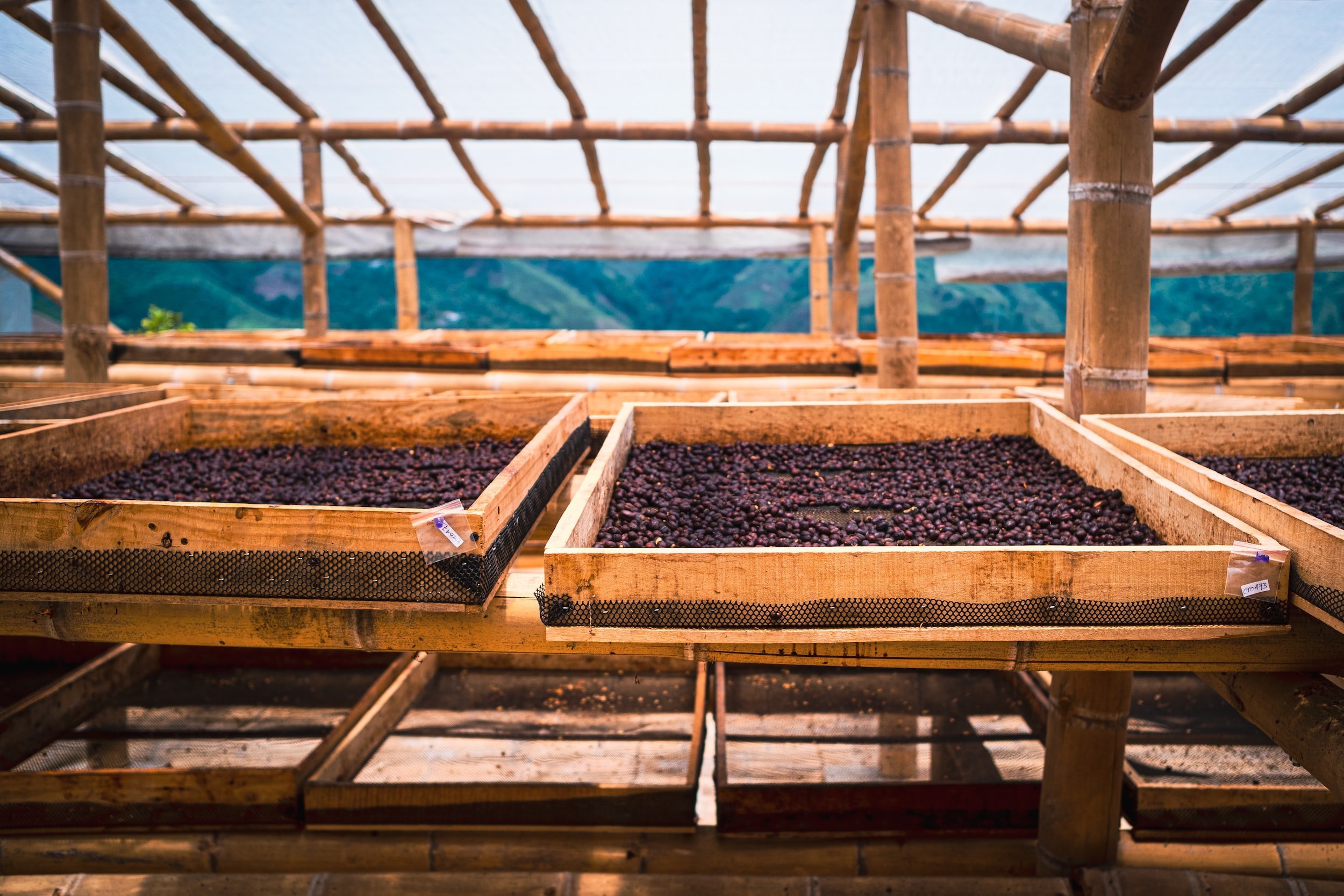Why is my Espresso Puck Wet?
As home baristas, we often tinker with our espresso machines to achieve that perfect shot.
Sometimes, we're left scratching our heads when our espresso puck comes out wet, soupy, or watery.
You're in the right place if you're wondering what might be causing this and how to fix it.
This article will explore the factors behind wet espresso pucks and discuss how to diagnose and prevent this issue.
Short Answer: A wet or soupy espresso puck often indicates issues with the extraction process, such as channeling, improper grind size, or uneven tamping. To fix wet espresso pucks, try dialing in the correct grind size, ensuring even distribution and tamping of the grounds, and using fresh coffee beans. Monitoring and maintaining your equipment can also help prevent wet pucks and achieve better, drier extractions.
Here's what we'll cover:
Let's dive in and get our espresso game back on track!
Are Wet or Soupy Espresso Pucks Normal?
Wet or soupy espresso pucks can indicate an issue with your extraction process.While some moisture is expected after brewing, an adequately extracted espresso puck should be relatively firm and hold its shape.
A soupy or excessively wet puck can result from channeling, improper grind size, or an uneven tamp.
Addressing these factors can help you achieve better espresso pucks and better-tasting espresso shots.
Understanding the Factors Behind Wet Espresso Pucks
Several factors can contribute to wet or soupy espresso pucks, and understanding these factors can help us troubleshoot the issue.
Let's break down the main culprits behind excessively wet espresso pucks:
Channeling
Channeling occurs when water finds a path of least resistance through the coffee grounds, leading to uneven extraction.
When channeling happens, water may not evenly saturate the coffee grounds, causing a wet and soupy puck after brewing.
Grind size
Using an improper grind size can also result in wet pucks.
If your grind is too coarse, water can pass through the coffee grounds too quickly, leaving behind a puck that is wetter than expected.
On the other hand, if the grind is too fine, it may cause over-extraction, leading to a bitter taste and a soupy puck.
Uneven tamp
An uneven tamp can create inconsistencies in the coffee bed, causing water to flow unevenly through the grounds.
This can lead to channeling, which in turn can result in a wet and soupy puck.
By addressing these factors, you can work towards achieving a more consistent and drier espresso puck, which is indicative of a better extraction process.
How to Fix Wet or Soupy Espresso Pucks
Now that we know the factors that contribute to wet and soupy espresso pucks let's explore some practical solutions to improve the consistency of our espresso pucks:
Dial in your grind size
Try different grind sizes to find the one that produces the best extraction and a drier puck.
Remember, too coarse can lead to a wet puck, and too fine can cause over-extraction and a soupy puck.
Fine-tuning your grinder may take time and patience, but it's well worth the effort.
Ensure even tamping
Practice tamping your coffee grounds evenly to create a consistent coffee bed.
Make sure to apply firm and even pressure, and consider using a calibrated tamper to ensure consistency.
An even tamp will help prevent channeling and create a more uniform extraction, leading to a drier puck.
Distribute your coffee grounds
Before tamping, ensure the coffee is evenly distributed in the portafilter. You can use tools like a distribution tool, a simple WDT (Weiss Distribution Technique), a needle, or even a paperclip to evenly distribute the grounds and break up clumps.
This can help prevent channeling and produce a better, drier puck.
Check your coffee dose
Adjusting your coffee dose can also impact the consistency of your espresso puck.
Experiment with different amounts of coffee and find what works best for your machine and flavor profile.
Tips for Diagnosing and Preventing Wet Espresso Pucks
Prevention is essential when it comes to avoiding wet and soupy espresso pucks.
Here are some tips to help you diagnose potential issues and maintain consistent puck quality:
Monitor your equipment
Regularly check your espresso machine and grinder for any issues.
Ensure your espresso brewer is frequently cleaned and maintained, and your grinder burrs are sharp and aligned.
A well-maintained setup will help you achieve consistent extractions and drier pucks.
Use fresh coffee beans
The freshness of your coffee beans plays a crucial role in the wetness of your espresso pucks and the quality of the shot.
Freshly roasted beans produce better crema and more consistent extractions, leading to drier pucks.
Aim to use beans within two to four weeks of their roast date for optimal results.
Pay attention to the appearance.
The appearance of your espresso pucks can provide valuable insights into your extraction process.
After each shot, inspect your puck for signs of channeling, uneven extraction, or excess moisture.
Use this information to adjust your grind, tamp, and other factors as needed.
Keep a log of your shots.
Maintaining a log of your espresso shots can help you identify patterns and issues contributing to wet or soupy pucks.
Note down details like grind size, dose, extraction time, and puck appearance for each shot, and use this data to fine-tune your process and improve puck consistency.
By following these tips and being proactive in diagnosing and addressing potential issues, you can significantly reduce the occurrence of wet and soupy espresso pucks and enjoy a better overall espresso experience.
Conclusion
A wet or soupy espresso puck can frustrate coffee enthusiasts, but they're fixable.
By understanding the factors behind wet pucks and implementing our tips on diagnosing and preventing the problem, you can significantly improve the quality and consistency of your espresso extractions.
Remember that every espresso setup is unique, so it may take some trial and error to find the perfect balance of variables for your specific machine and beans.




